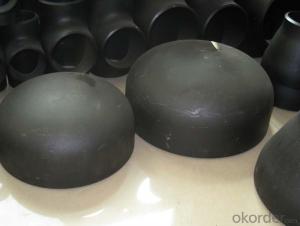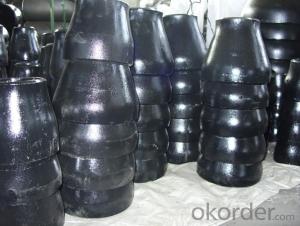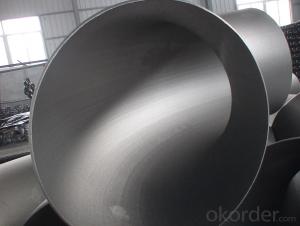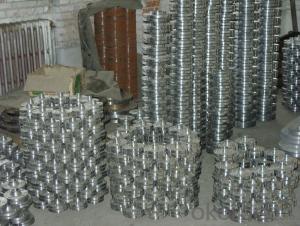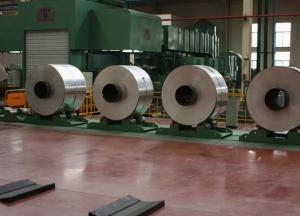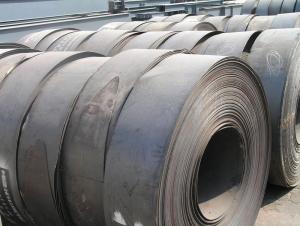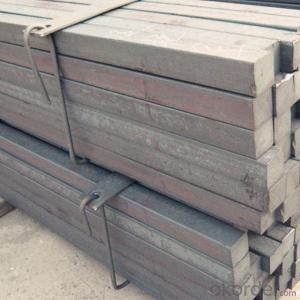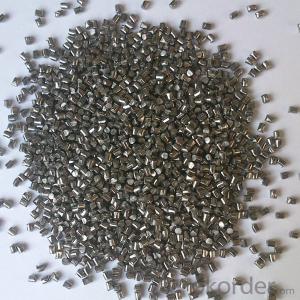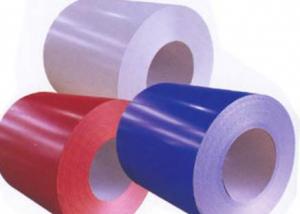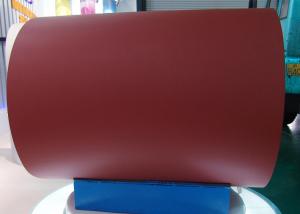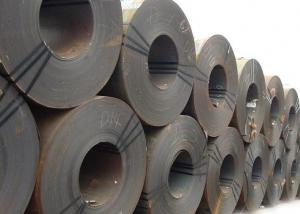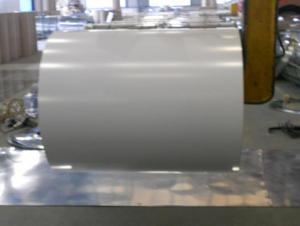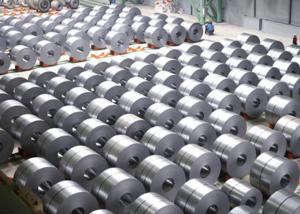Carbon Steel Pipe Fittings ASTM A234 BEND TEE
- Loading Port:
- China Main Port
- Payment Terms:
- TT OR LC
- Min Order Qty:
- -
- Supply Capability:
- -
OKorder Service Pledge
OKorder Financial Service
You Might Also Like
Specifications
pipe fitting elbow
Certificate:ISO:9001-2000
New material,completely meet asme and din standard
Best price
1. type: AISI ASTM A234 WPB BW Con Elbow
2. Size: 1/2"-48"(1/2"-24"is seamless and 26"-48"is welded)
3. Wall thickness: sch10-160, STD, XS, XXS
4. Material: A234WPB, A420WPL6, A420WP5, WP11, WP12, WP22, etc
5. Welding line: seamless
6. Angle of bend: 30, 45, 90, 180degree
7. Bending radius: SR, LR
8. Standard: ANSI B16.9, JIS, SB, DIN, GB
9. Surface treatment: black paint, vanis paint, black rust-proof oil,
transparent oil, hot galvanizing
10. Application: petroleum, electricity, chemical, natural gas, metallurgy,construction,
shipbuilding and other fields because of its high pressure, high temperature, etc
11. connection: welding
12. technics:forged
13.Certificate:ISO9001 - 2000, CE, SGS, etc.
14. packaging: wooden case, pallet, container or in accordance with the
requirement of customers
15. Principle: quality fist, customer first, credit first
16. payment: L/C T/T
17. delivery time: 7-25 days after payments
18. Notes: the bevel can be made in accordance with the special requirements
of the customers
19. Others: we can also produce the products according to the requirements
of the customers
The main production:
1. PIPE FITTINGS: elbows, tees, bends, reducers, cap, flanges and sockets etc.
2. PIPE: bult welded pipes, seamless pipes, threaded pipes, etc.
We sincerely welcom customers at home and abroad to visit us and seek common development.
- Q:What are the different types of steel valves and their uses?
- There are several types of steel valves, including gate valves, globe valves, ball valves, butterfly valves, and check valves. Gate valves are used to control the flow of fluids by either fully opening or fully closing the valve. Globe valves are designed for regulating flow and are commonly used in industries where precise control is required. Ball valves have a spherical disc that controls the flow and are suitable for high-pressure applications. Butterfly valves have a disc that rotates to control the flow and are commonly used in large-scale systems. Check valves allow the flow of fluid in one direction and prevent backflow. The specific type of steel valve used depends on the application and the requirements of the system.
- Q:What are the different grades of tool steel and their applications?
- Tool steels are classified into different grades based on their chemical composition and properties. Some common grades include: 1. W-group tool steel: This grade includes water-hardening tool steels such as W1, W2, and W3. They are used for applications like punches, chisels, and woodworking tools. 2. O-group tool steel: Oil-hardening tool steels like O1, O2, and O6 belong to this grade. They offer high hardness, toughness, and wear resistance, making them suitable for cutting tools, punches, and dies. 3. A-group tool steel: Air-hardening tool steels like A2, A3, and A4 are part of this grade. They possess excellent toughness and wear resistance, making them ideal for forming tools, punches, and dies. 4. D-group tool steel: This grade includes high-carbon, high-chromium tool steels like D2, D3, and D6. They offer exceptional wear resistance and are commonly used for cutting tools, dies, and punches. 5. S-group tool steel: Shock-resisting tool steels like S1, S2, and S5 belong to this grade. They possess high impact resistance and are used in applications that involve heavy hammering or shock loads, such as hammers, chisels, and shear blades. 6. H-group tool steel: Hot-work tool steels like H11, H13, and H21 are part of this grade. They retain their hardness and strength at high temperatures, making them suitable for applications such as die casting, forging, and extrusion dies. Each grade of tool steel has specific properties that make it suitable for different applications, allowing for the selection of the most appropriate grade based on the desired performance requirements.
- Q:How do steel products contribute to the education and institutional sector?
- Steel products contribute to the education and institutional sector in various ways. Firstly, steel is widely used in the construction of educational buildings, such as schools, colleges, and universities. Its strength and durability make it an ideal material for constructing safe and long-lasting structures that can withstand heavy usage by students and staff. Additionally, steel is used in the manufacturing of educational furniture, such as desks, chairs, and bookshelves. These steel products provide sturdy and reliable furniture options that can withstand the wear and tear of regular use in classrooms and libraries. Moreover, steel is utilized in the production of equipment and facilities used in the educational sector, such as laboratory equipment, gymnasium structures, and sports equipment. These steel products ensure the safety and functionality of these facilities, enhancing the learning and development experience for students. Furthermore, steel products are often used in the construction of institutional buildings, such as government offices, hospitals, and research centers. The strength and versatility of steel contribute to the creation of secure and efficient spaces for administrative and research activities. Overall, steel products play a crucial role in the education and institutional sector by providing durable and reliable infrastructure, furniture, and equipment, thereby creating conducive learning and working environments.
- Q:What are the properties of abrasion-resistant steel for industrial equipment?
- Abrasion-resistant steel for industrial equipment possesses several key properties. Firstly, it has excellent hardness, making it resistant to wear and tear caused by constant friction and impact. Additionally, it exhibits high strength, enabling it to withstand heavy loads and extreme conditions. This type of steel also has exceptional toughness, allowing it to endure harsh environments without cracking or breaking. Furthermore, it possesses good weldability, facilitating easy fabrication and maintenance. Overall, abrasion-resistant steel ensures prolonged equipment lifespan, reduced downtime, and increased productivity in industrial settings.
- Q:How are steel plates used in the fabrication of storage silos?
- Steel plates are used in the fabrication of storage silos as they provide the necessary strength and durability to withstand the weight and pressure of stored materials. These plates are shaped, welded, and bolted together to create a sturdy structure that can safely hold and store a variety of goods, such as grains, liquids, or bulk materials.
- Q:What are the different types of steel sheets and their applications?
- There are several different types of steel sheets, each with their own unique properties and applications. Some common types include cold rolled steel sheets, hot rolled steel sheets, galvanized steel sheets, and stainless steel sheets. Cold rolled steel sheets are known for their smooth finish and high strength, making them ideal for applications such as automotive parts, appliances, and construction materials. Hot rolled steel sheets are less smooth but have a higher tolerance for shaping and bending, making them suitable for structural components, machinery, and pipe manufacturing. Galvanized steel sheets are coated with a layer of zinc to protect against corrosion, making them commonly used in outdoor structures, roofing, and automotive body parts. Stainless steel sheets are highly resistant to corrosion and staining, making them popular in applications such as kitchen equipment, medical instruments, and architectural features. Overall, the choice of steel sheet type depends on the specific requirements of the application, including strength, durability, corrosion resistance, and desired aesthetic.
- Q:How is steel sheet formed and shaped?
- Steel sheet is formed and shaped through a process called steel sheet metal forming, which involves different methods such as rolling, bending, and stamping. Initially, steel is melted and cast into large slabs, which are then hot rolled to reduce the thickness and achieve the desired dimensions. This hot rolled sheet is then cold rolled to further refine the surface finish and improve dimensional accuracy. To shape the steel sheet, various techniques like bending, where the sheet is bent into a desired angle or curve, and stamping, where a die is used to cut and shape the sheet, are employed. These processes allow for the creation of steel sheets in a wide range of sizes and shapes to meet specific manufacturing needs.
- Q:How is steel used in the production of industrial valves?
- Steel is commonly used in the production of industrial valves due to its strength and durability. It is used to create the main body and components of the valve, providing a sturdy and reliable structure. Additionally, steel can withstand high temperatures and pressures, making it suitable for use in various industries such as oil and gas, water treatment, and manufacturing.
- Q:How do steel products contribute to the construction of theme parks and entertainment venues?
- Steel products contribute significantly to the construction of theme parks and entertainment venues due to their durability, versatility, and strength. Steel is used in various aspects of the construction process, including the infrastructure, ride structures, and building frameworks. Its high strength-to-weight ratio allows for the creation of complex and intricate designs, ensuring the safety and stability of the structures. Additionally, steel's resistance to corrosion and extreme weather conditions makes it a reliable choice for long-lasting and low-maintenance constructions. Overall, steel products play a crucial role in bringing the thrilling and awe-inspiring experiences of theme parks and entertainment venues to life.
- Q:How are steel products used in the construction of shopping malls and retail centers?
- Steel products are used extensively in the construction of shopping malls and retail centers due to their strength, durability, and versatility. Steel beams and columns provide the structural framework, supporting the weight of the building and ensuring its stability. Steel is also used for roofing, cladding, and façade systems, providing a sleek and modern aesthetic. Additionally, steel is used for escalators, elevators, and staircases, as well as for mezzanines and catwalks within the mall. Its ability to be fabricated into different shapes and sizes allows for flexible and efficient construction, making steel an integral component in the development of shopping malls and retail centers.
1. Manufacturer Overview |
|
|---|---|
| Location | |
| Year Established | |
| Annual Output Value | |
| Main Markets | |
| Company Certifications | |
2. Manufacturer Certificates |
|
|---|---|
| a) Certification Name | |
| Range | |
| Reference | |
| Validity Period | |
3. Manufacturer Capability |
|
|---|---|
| a)Trade Capacity | |
| Nearest Port | |
| Export Percentage | |
| No.of Employees in Trade Department | |
| Language Spoken: | |
| b)Factory Information | |
| Factory Size: | |
| No. of Production Lines | |
| Contract Manufacturing | |
| Product Price Range | |
Send your message to us
Carbon Steel Pipe Fittings ASTM A234 BEND TEE
- Loading Port:
- China Main Port
- Payment Terms:
- TT OR LC
- Min Order Qty:
- -
- Supply Capability:
- -
OKorder Service Pledge
OKorder Financial Service
Similar products
New products
Hot products
Related keywords

